Although in a well-known children’s story a big bad wolf was quite quick to bring down a house made of straw, numerous studies and experiments show that straw buildings can be solid and resistant. This agricultural waste, a leftover remnant from grain production, can boast good thermal, acoustic, and even structural characteristics. Below, we have selected several eye-catching designs that use the characteristics of this renewable sustainable material to the full.
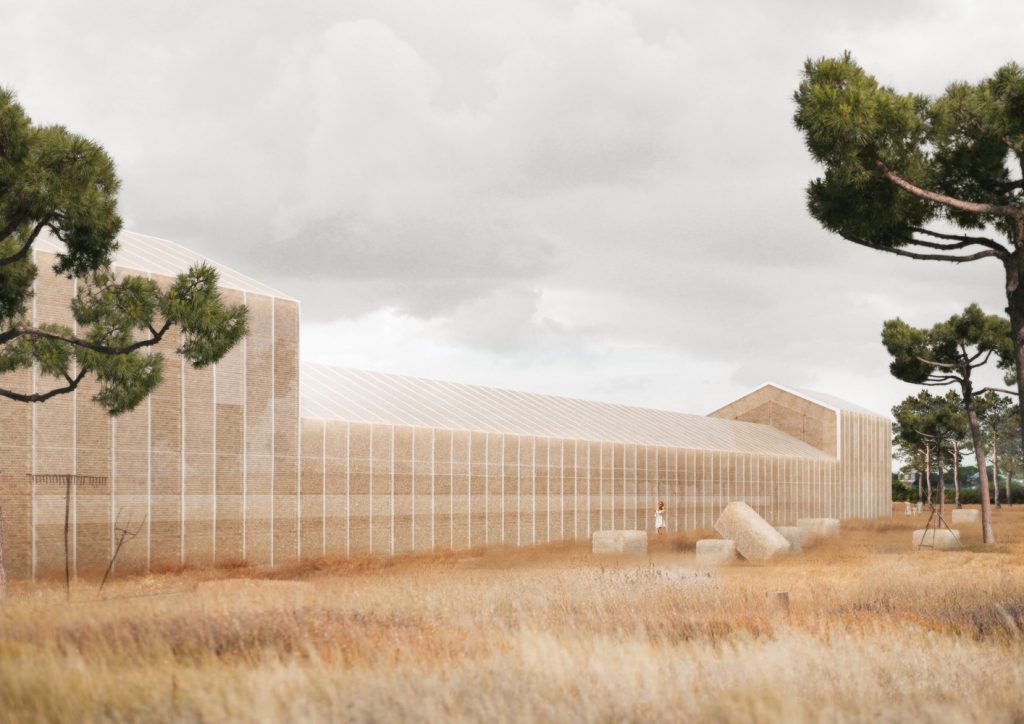
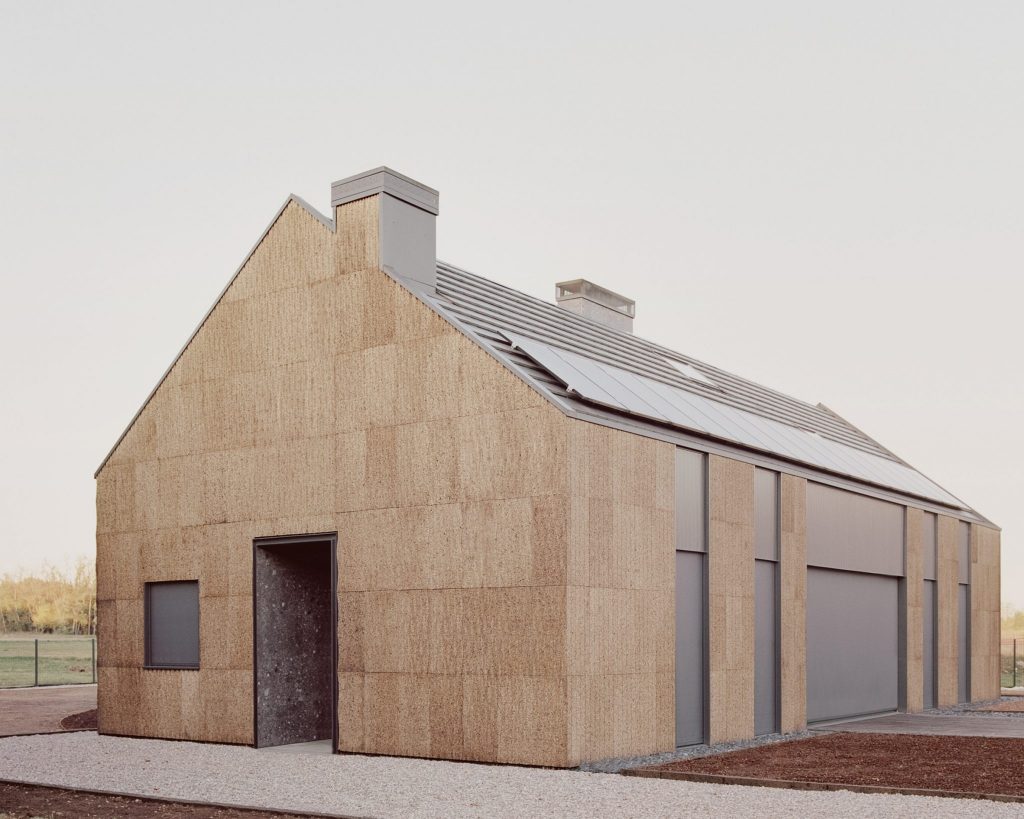
The House of Wood, Straw and Cork by LCA Architetti
Most commonly, straw is used alongside other structural materials, such as wood or steel, rather than simply on its own. Because it is a material formed mainly of air, straw provides excellent thermal insulation in construction. It is estimated that a well-built straw bale house can save almost 75% in heating and cooling costs.
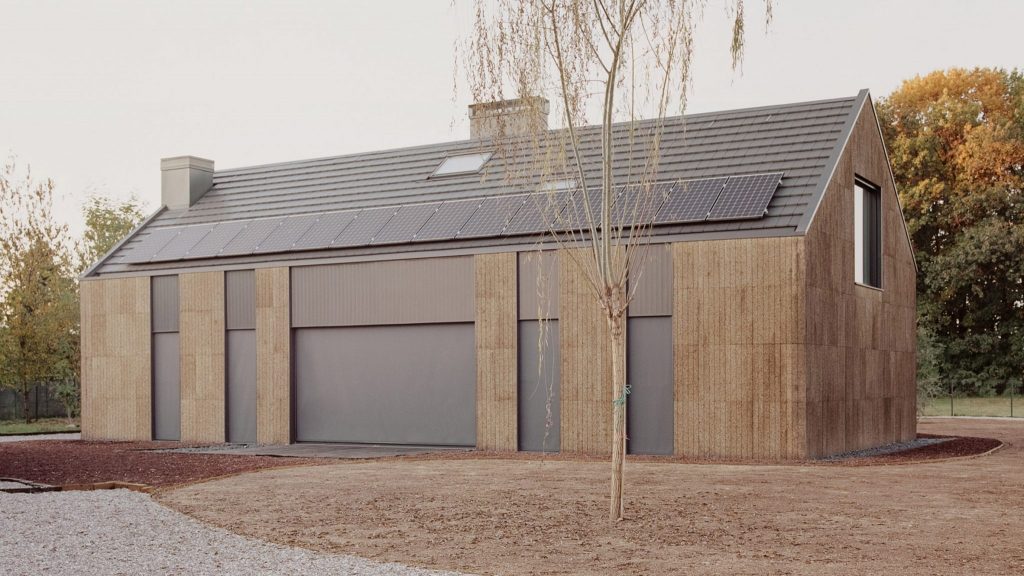
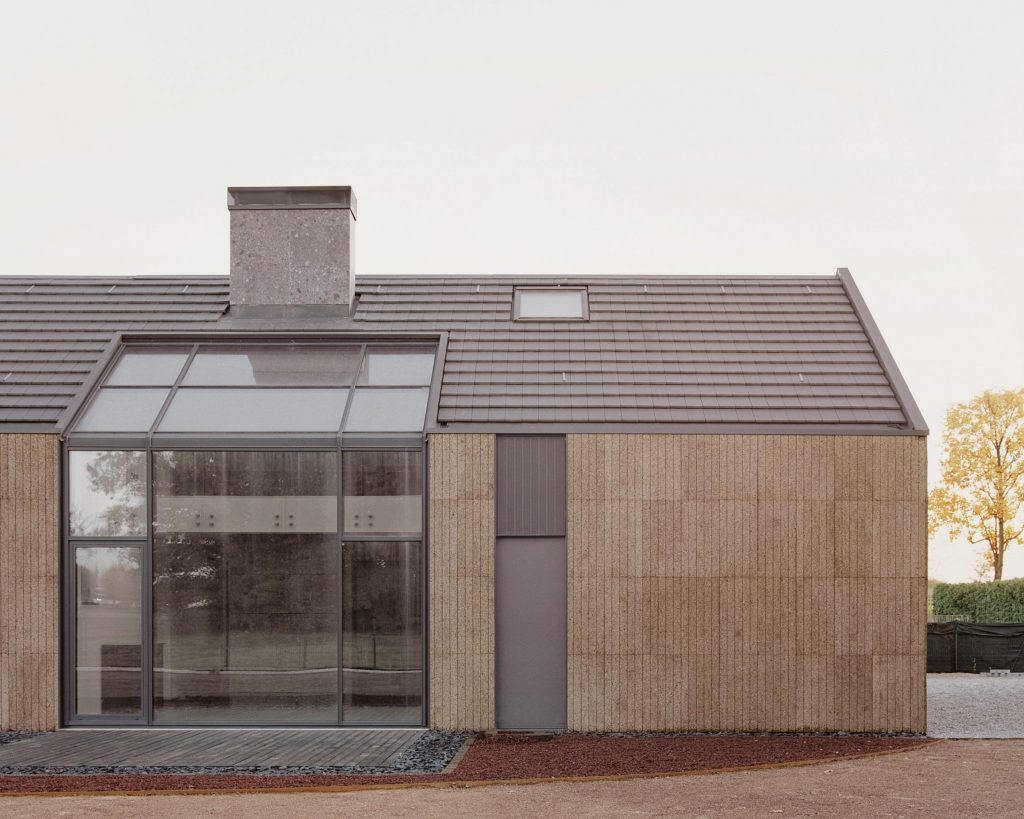
The House of Wood, Straw and Cork by LCA Architetti
The House of Wood, Straw and Cork by Milan-based architecture studio LCA Architetti, founded by Luca Compri, is a great example of such use of straw as insulation material. This simple and sustainable house, commissioned by a young couple who wanted to live more, as its name suggests, has been made from natural and renewable construction materials, including a prefabricated timber structure, straw insulation and cladding made from cork.
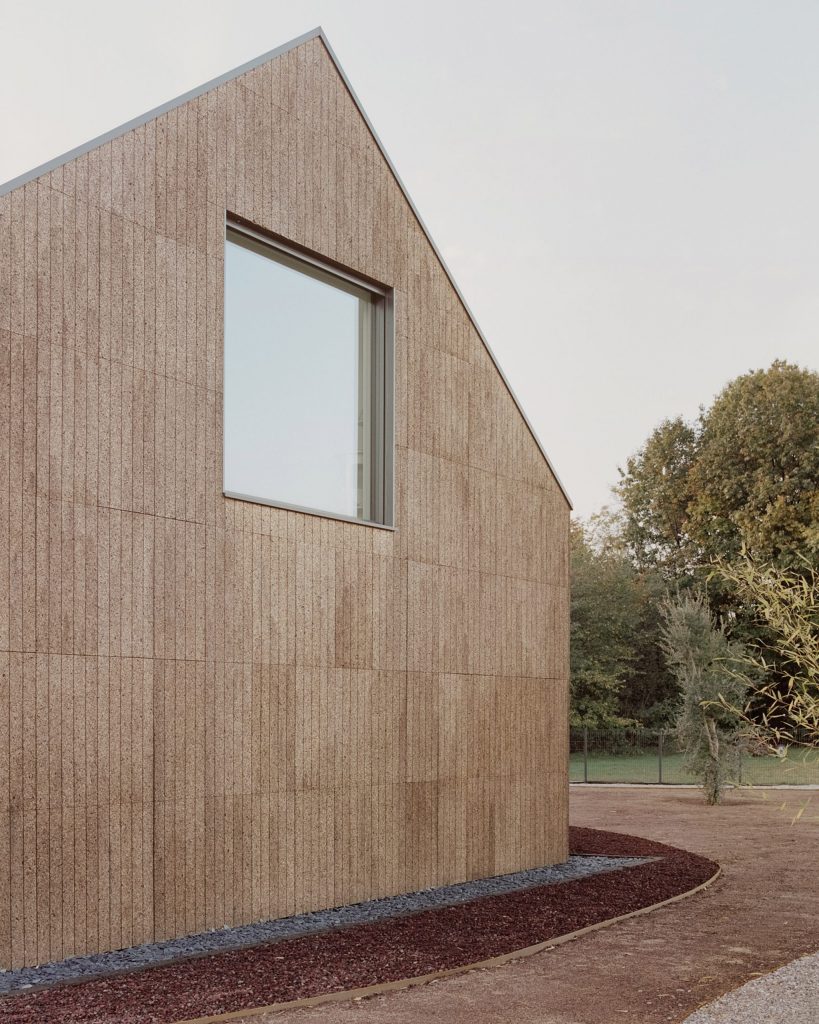
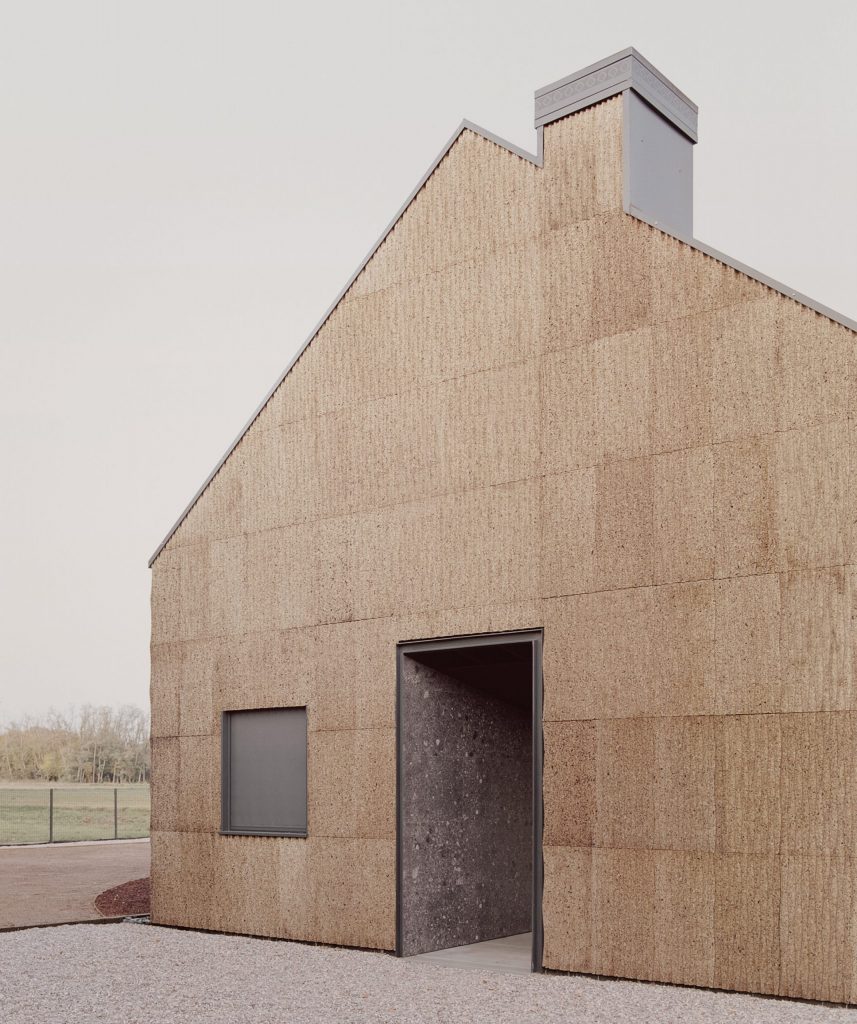
The House of Wood, Straw and Cork by LCA Architetti
The size and shape of the dwelling takes its cues from neighbouring buildings, which includes a series of old agricultural barns, and boasts a palette that is derived from the colours of the earth and the cultivated fields that surround it.
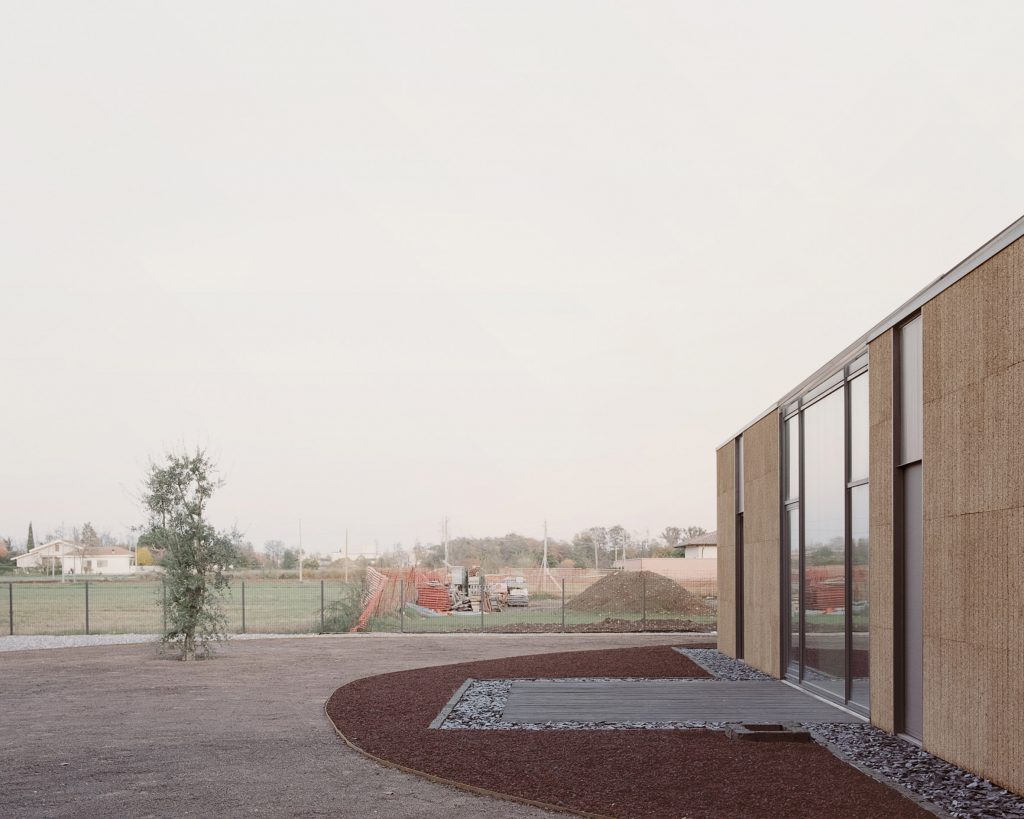
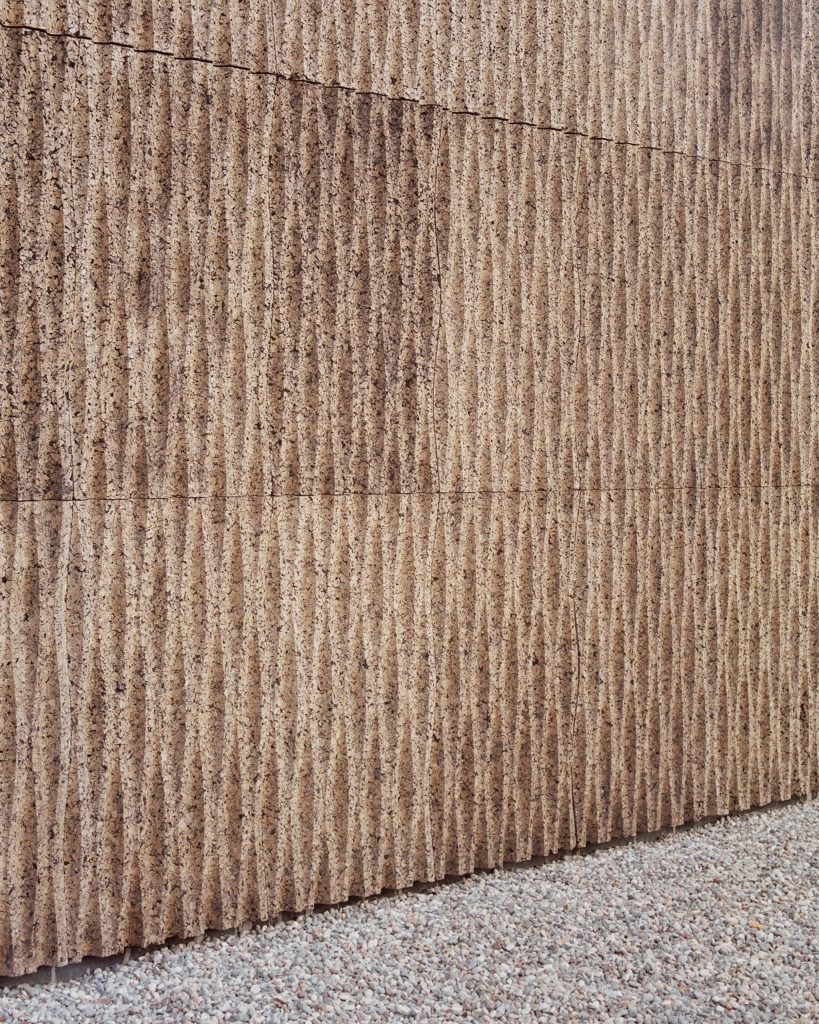
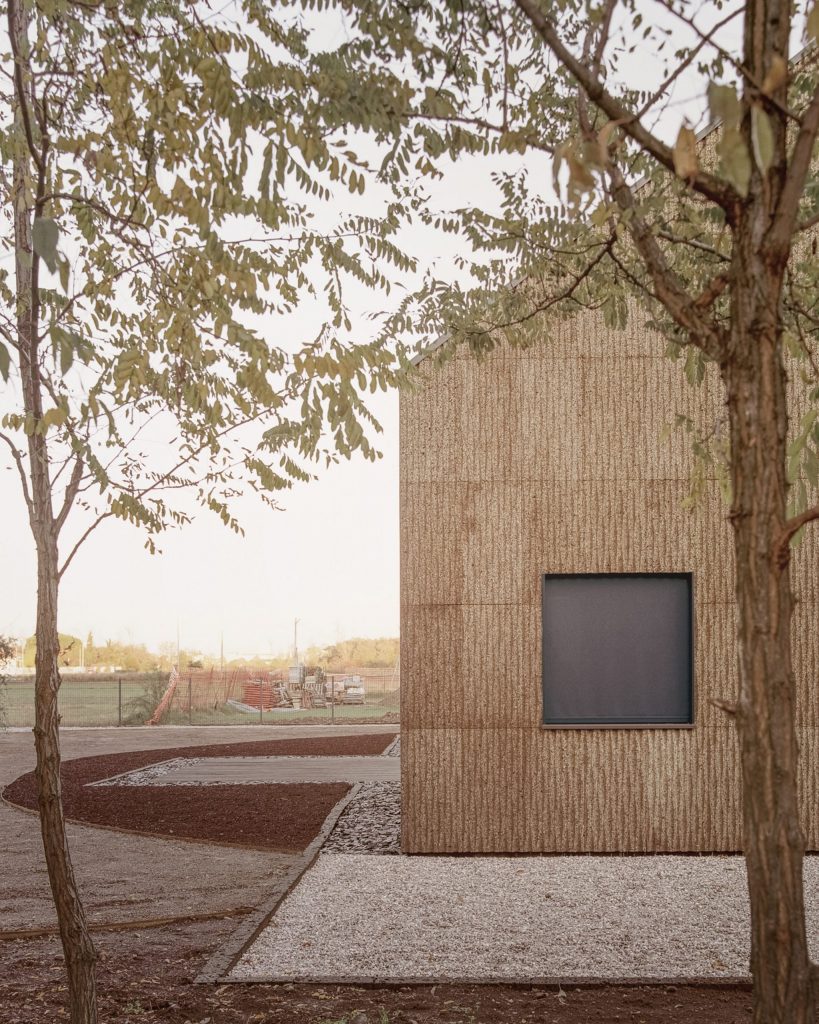
The House of Wood, Straw and Cork by LCA Architetti
The design of the house is deliberately pared-back, so the cladding of the textured cork appears to be the focal point of the home’s exterior, disrupted only by a large glass window in the living room. The use of cork, alongside the straw insulation, helps minimize the building’s energy demand providing a thermally efficient skin for the house. Other sustainable features of the residence include rooftop solar panels and an air-source heat pump, which helps reduce the building’s energy consumption further.
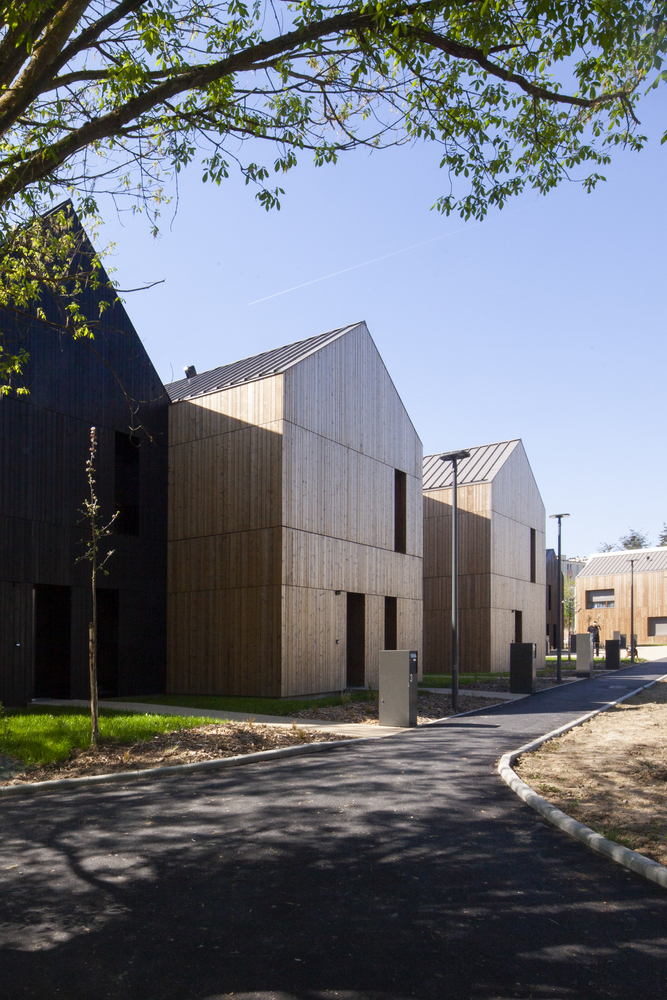
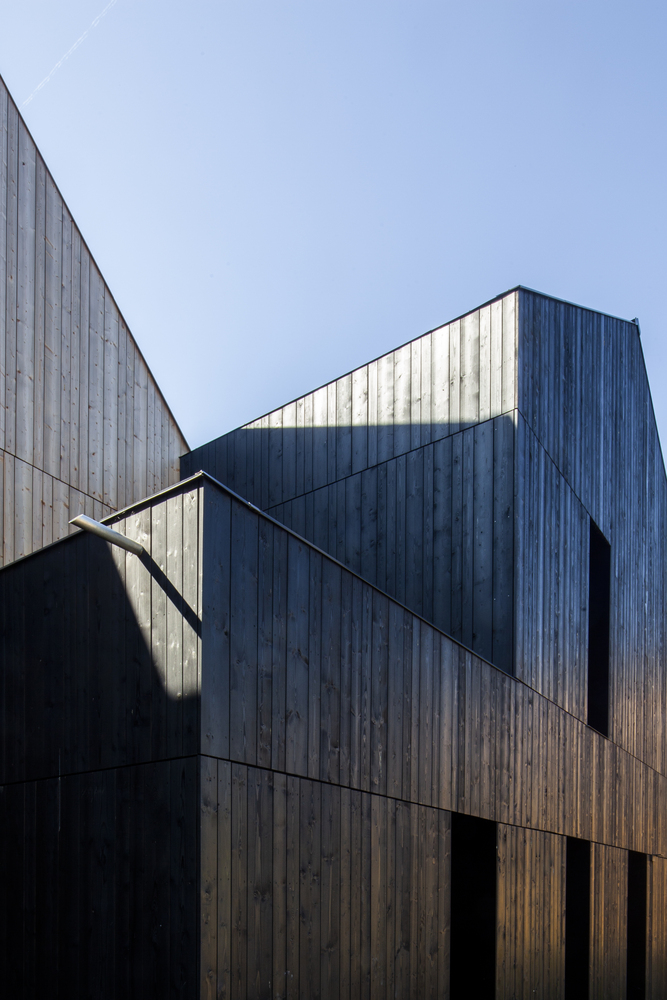
Social housing by NZI Architectes
Paris-based NZI Architectes has also opted for straw as a natural insulation material for its durability and power efficiency, for their project of individual social housing in Nogent-le-Rotrou, France. Taking the opportunity to explore innovative and ecological construction techniques, the studio prefabricated large areas of walls in the factory. They packed straw in-between the timber frame, which resulted in a very lightweight structure that can be handled on site without the use of heavy duty cranes. Utilizing these methods and materials allowed for reduction in costs and time spent on-site, all the while limiting the use of unsustainable resources.
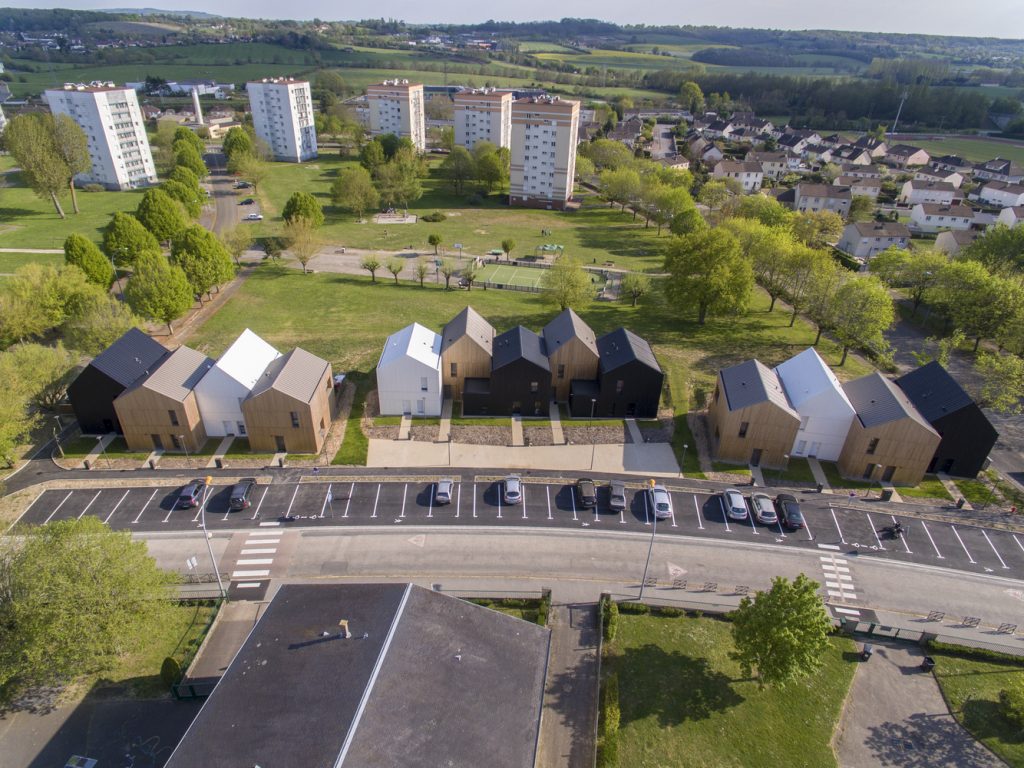
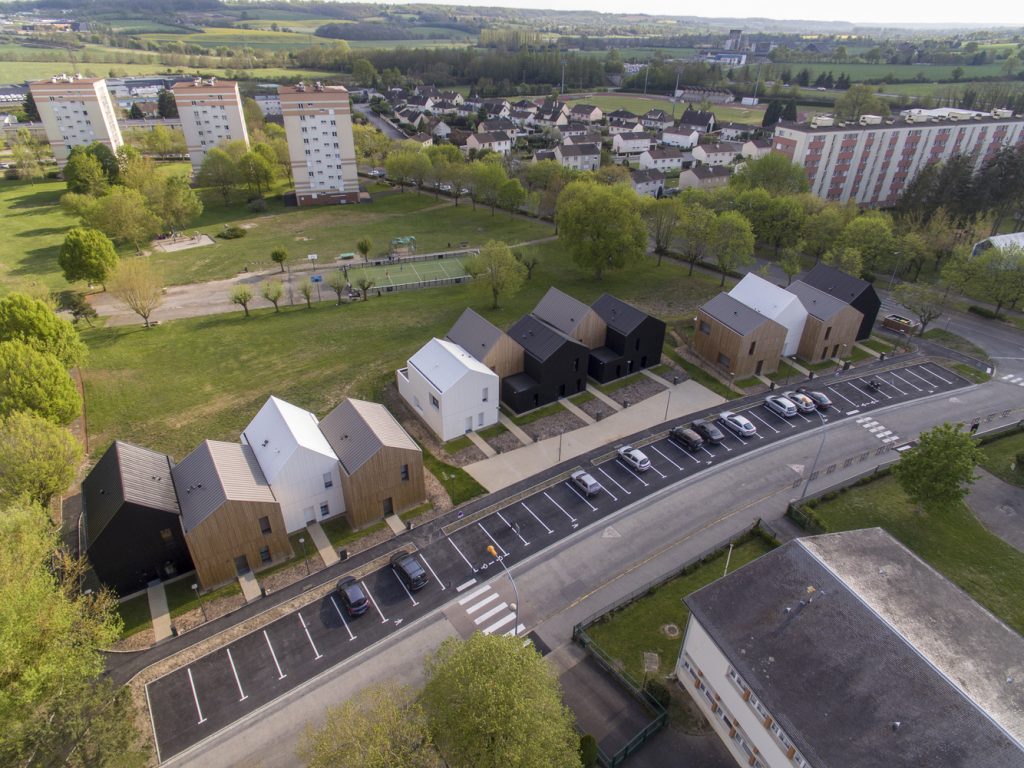
Social housing by NZI Architectes
The project comprises of 13 houses split into three blocks. Within the blocks, the houses are arranged in staggered rows, in order to avoid sudden repetition and a severe alignment. The middle block is stepped back slightly offering more distance from the street.
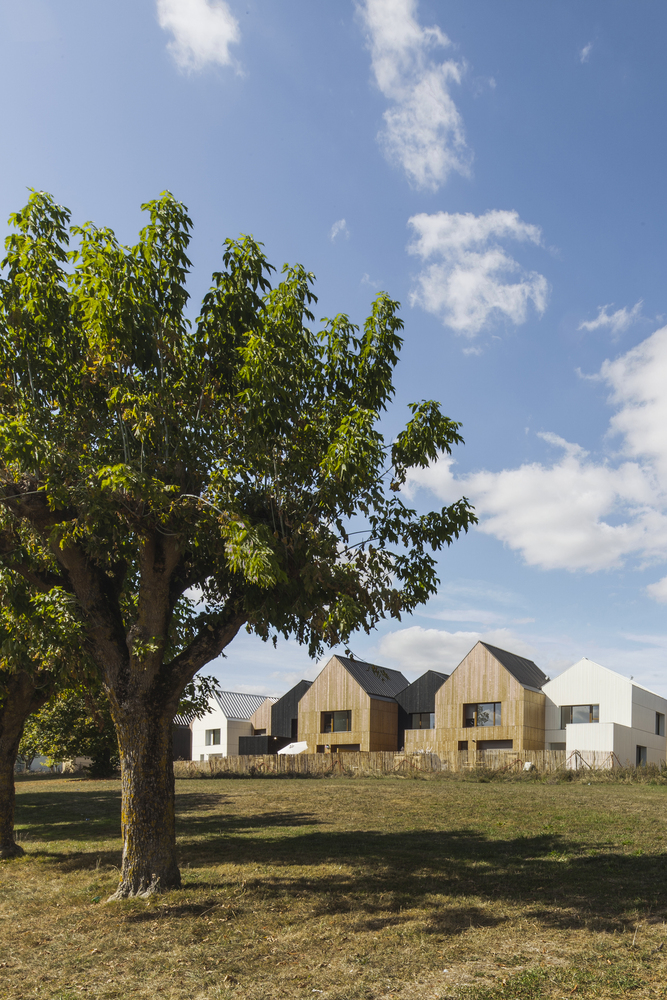
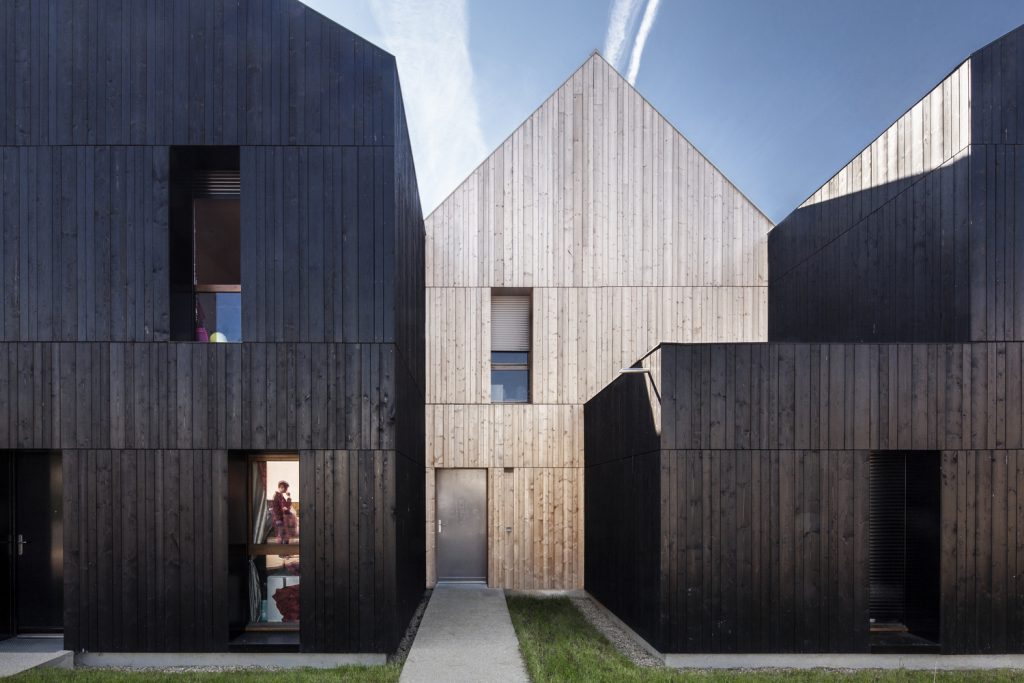
Social housing by NZI Architectes
Another means that helps break up the monotony of the row of houses is an array of timber finishes, which varies from natural, charred to white-stained wood. This combination makes an interesting visual display and helps to form a relationship between the urban and natural environment.
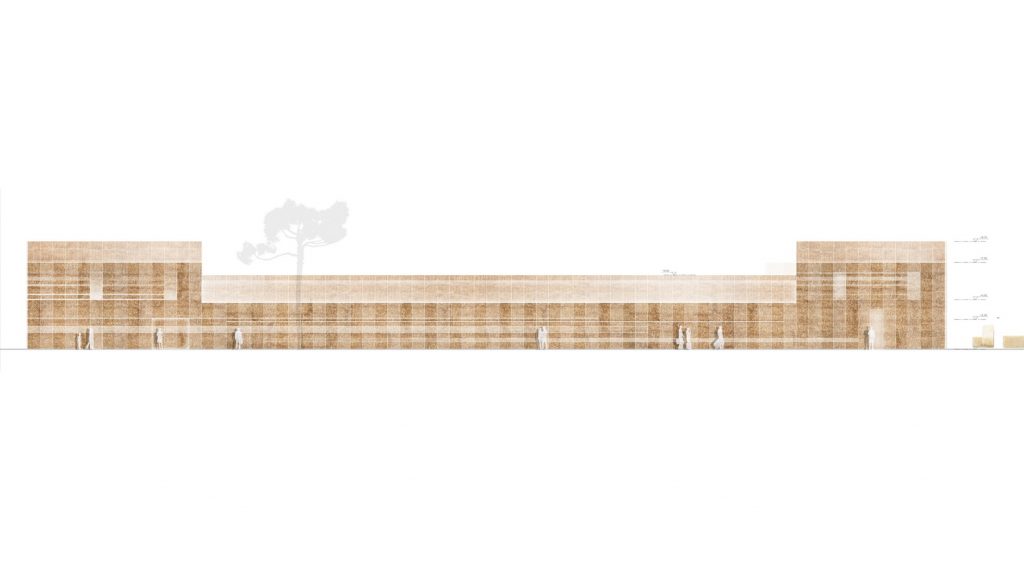
Proposal for the Konaki Averof Cultural Center by George Batzios Architects
Athens-based practice George Batzios Architects has used a more cutting edge approach of working with straw to revive a deeply historical site. Intertwining elements of architecture and agriculture, the studio aims to regenerate the “golden environment,” which defined the place in the Thessalian plains nearby Larissa, Greece, in the late 19h century.
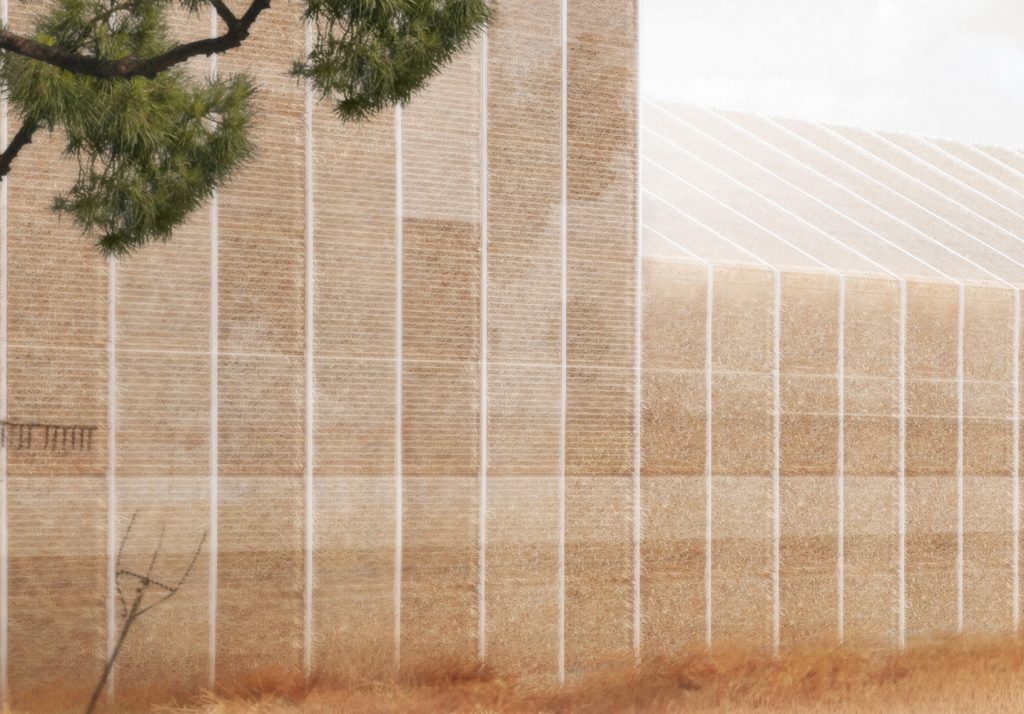
Proposal for the Konaki Averof Cultural Center by George Batzios Architects (also header image)
The exposed compressed straw forms the entire outer skin of the building. Straw is chosen as the building’s primary material, paying homage to the golden wheat crops the Thessalian land, which once functioned as the granary of the Greek territory and beyond, was known for. A contemporary construction technique, developed in Northern Europe, is here used to this extent for the first time. The material’s insulation capabilities are able to reduce 95% of the building’s energy needs, creating a passive thermal environment. Visually, it presents a golden glow, reinstating the lost color and texture of the plains.
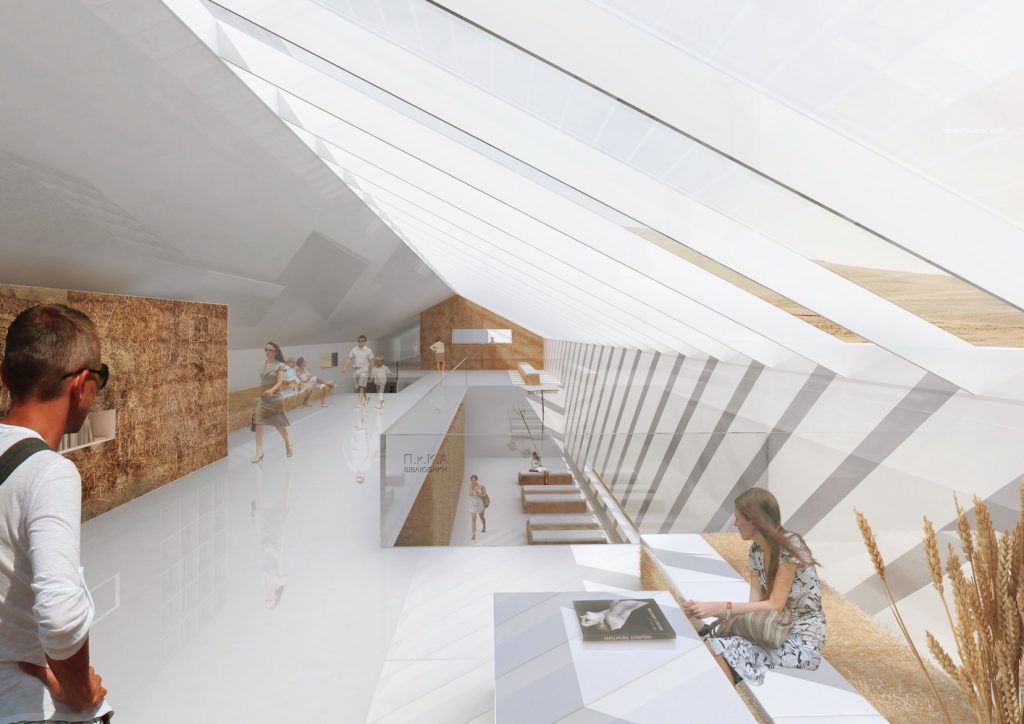
Proposal for the Konaki Averof Cultural Center by George Batzios Architects
The entirely straw-made building is composed of two levels. While the ground floor houses the programmatic elements of the cultural center, the attic is designed to serve as a “social playground,” an open free-access public space.